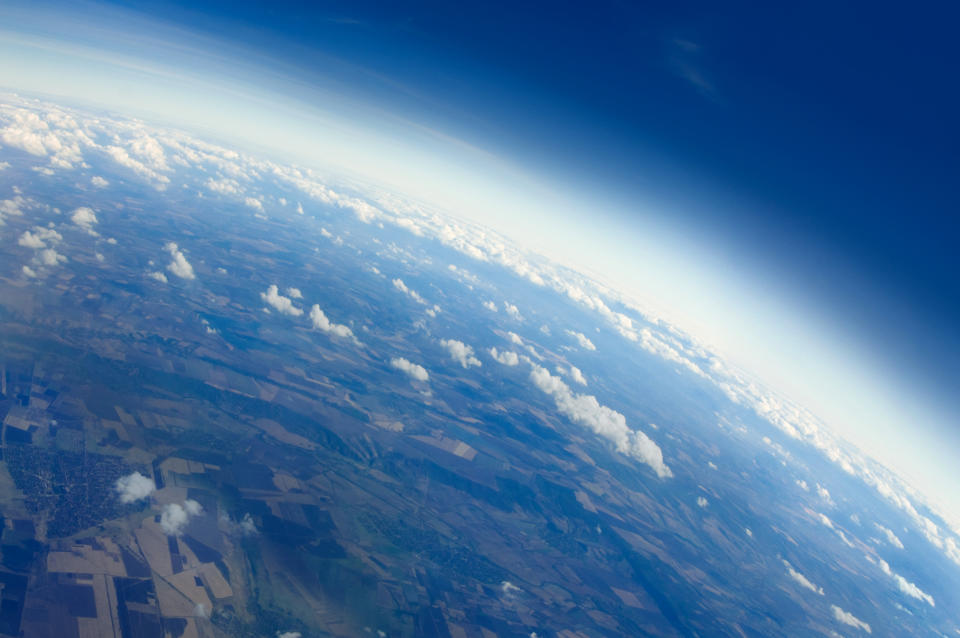A Controversial Technology Is Creating an Unprecedented Rift Among Climate Scientists

Credit - Getty Images
If you can think of something, there’s probably a scientist studying it. There are researchers looking into naked mole rat breeding patterns, the aerodynamics of cricket balls, and that people tend to like pizza better than beans. But there are also certain experiments that scientists generally don’t do. They don’t, for instance, genetically modify humans, or clone them. They don’t conduct psychology experiments without subjects’ informed consent. And there’s a whole host of experimental medical procedures that could teach us a lot, but no one would ever be justified to try.
Many scientists have long thought of experiments to inject chemicals into the earth’s atmosphere in order to cool the climate, known as stratospheric aerosol injection (SAI), as falling within that taboo category—arguing developing the technology could pose serious planetary risks. But some researchers have been working to alter that perception in recent years, splitting the climate science community. In recent months, the field has seen a surge in momentum: last month the U.N. Environment Programme called for more research into geoengineering, while reports emerged last summer that the Biden Administration has begun coordinating a five-year research plan. Rogue researchers and Silicon Valley entrepreneurs meanwhile conducted small scale tests late last year and in February, despite condemnation from much of the scientific community.
All that attention has added fuel to the smoldering disagreements among climate scientists, creating what is likely the most significant rift in the world of atmospheric science and climate studies in years. Academic factions have published a series of dueling petitions as part of an increasingly visible and contentious battle for control of the scientific narrative—and ultimately over how to tackle climate change as emissions continue to rise. One side says that humanity may doom itself by refusing to look into potential chemical means of cooling our atmosphere. The other claims that undertaking such research could lead to disastrous consequences that we can barely imagine.
More from TIME
Read more: Inside a Controversial Startup’s Risky Attempt to Control Our Climate
No one person or organization has a monopoly on decisions over what scientific questions are off limits for ethical reasons—the answers tend to come about from messy consensus among governments, scientific bodies, and individual researchers. And until recently, when it came to geoengineering our atmosphere, the majority agreed the risks outweighed the opportunity. There’s the risk that such geoengineering technology would be used by the wealthy and powerful at the expense of others—that we’ll use it to save coastal property from inundation by rising sea levels, but end up disrupting monsoons and causing famine in Southeast Asia in the process—or that disputes between nations over who gets to set the global thermostat could lead to war, or, in an extreme scenario, to nuclear armageddon. There’s the moral hazard argument: that if governments and industries begin to perceive SAI as a reliable plan B for climate change, they’ll use it as an excuse to hold off on making urgently-needed emissions cuts. And then there’s the Frankenstein’s monster aspect: that is, the deep unease that many people feel in altering what seems to be the natural order of things, and the foreboding sense that something will, almost inevitably, go terribly wrong.
Solar geoengineering remained largely outside the scientific mainstream until the early 2000s, when influential scientists like David Keith, now a professor of applied physics at Harvard University, first started advocating for more study and discussion of using chemicals to cool the planet. A succession of papers, books, and philanthropic donations to support research followed over the course of the next two decades, particularly from tech billionaires like Bill Gates who became interested in the technology’s potential. By 2021, the momentum was shifting, with respected organizations like the National Academies of Sciences, Engineering, and Medicine recommending scientists “cautiously pursue” solar geoengineering research.

 Yahoo Autos
Yahoo Autos 